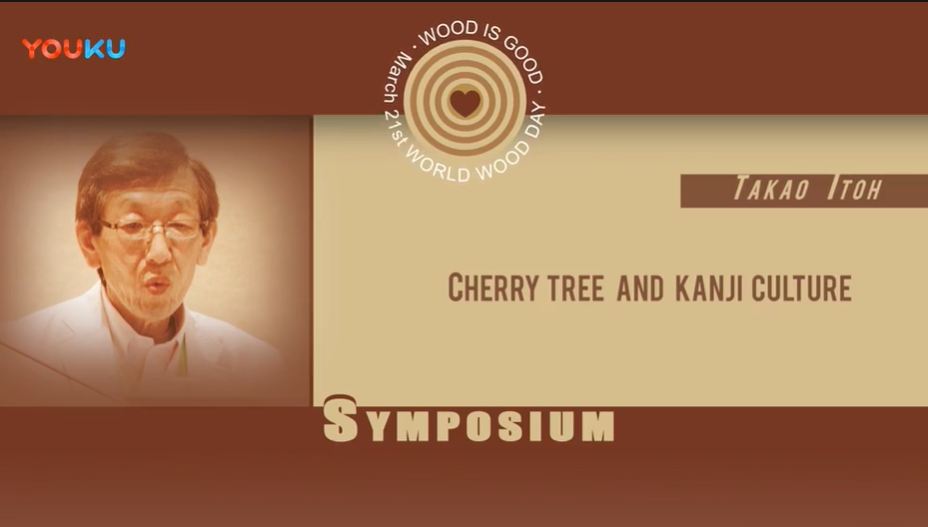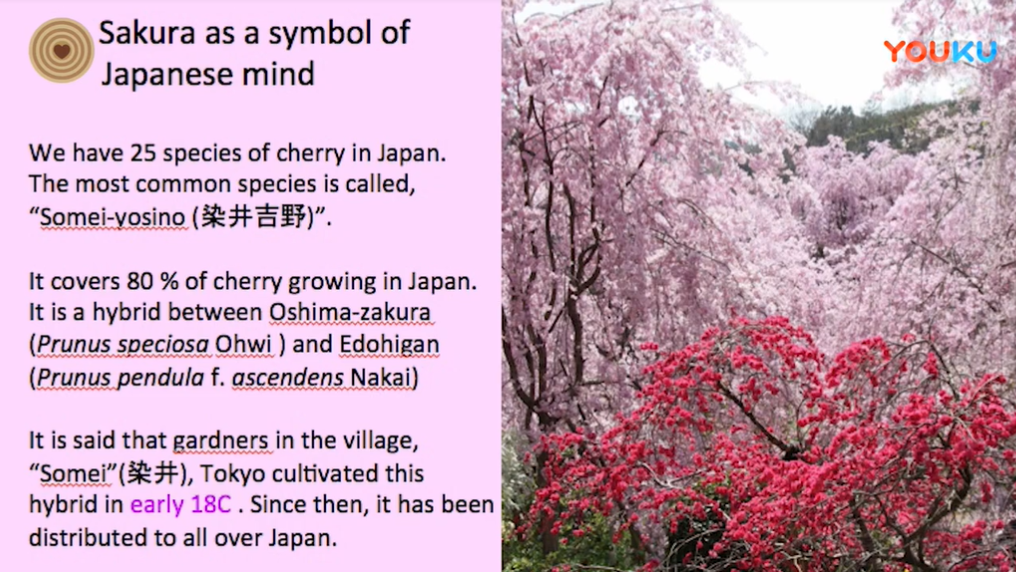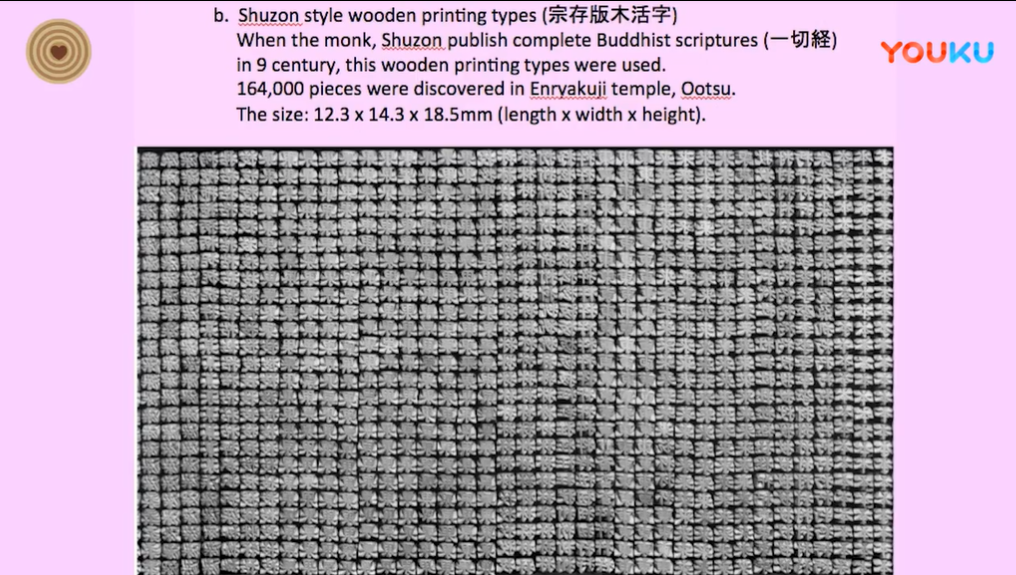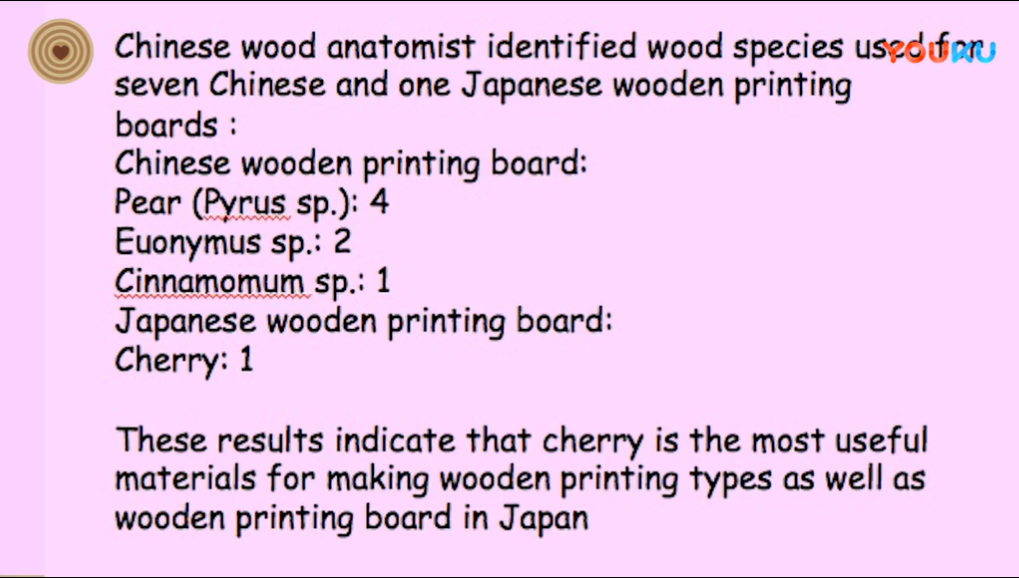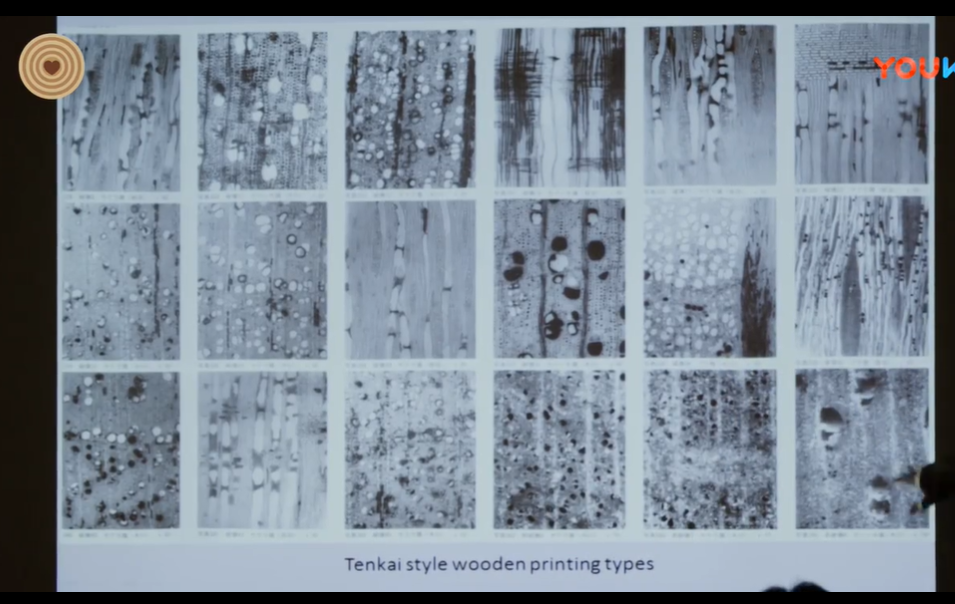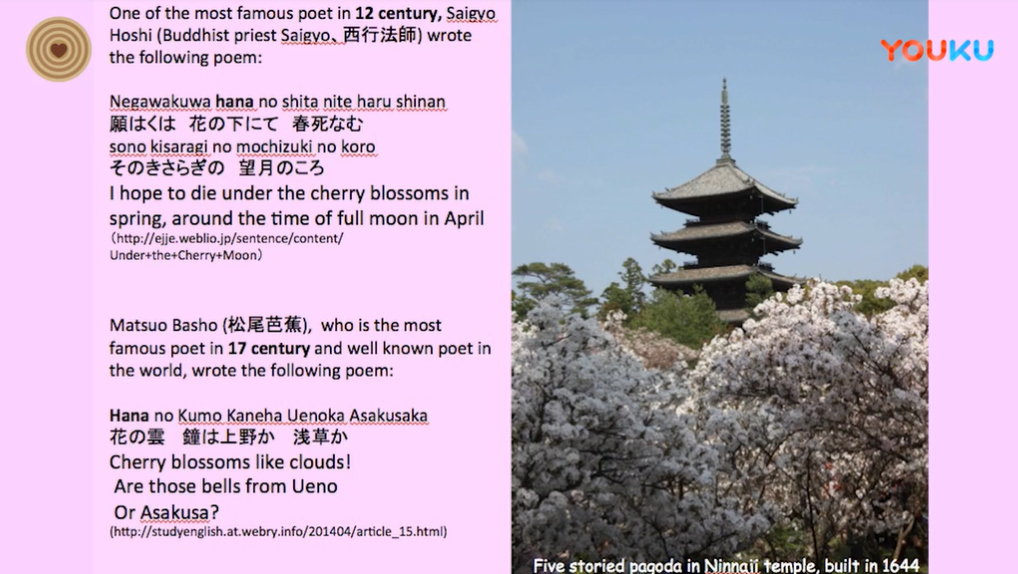会议时间:2017年3月22—24日
会议地点:美国·洛杉矶·长滩会议娱乐中心
演讲嘉宾:Takao ITOH,奈良文化财研究所
摘要:Cherry is deeply rooted for Japanese as a flower that symbolize meeting and parting in their human life. The aristocracy and poet in Heian era was used to compose a poem by watching cherry blossom. On the other hand, cherry wood has been utilized for a variety of wooden objects in the history of our country. More recently, cherry wood is used for traditional wood works such as “Mage-wappa” (bentwood) and “cherry bark art”. Further, it is well known that cherry wood was used to make wood plate for printing Buddhist scriptures.
China and Japan are two major countries which cultivate culture of Chinese characters (“Kanji culture” in this presentation) in the world. The “Kanji culture” has been greatly diffused in Yedo era (starting from 1603) in Japan by the development and frequent uses of wooden printing types in place of wood plate for printing Buddhist scriptures. Up to the present, three major wooden printing types have been discovered in Japan; that is, (a) Fushimi-ban, (b) Shuzon-ban and (c) Tenkai-ban wooden printing types. “a” was donated to Enko-ji temple, Kyoto by Shogun Tokugawa Ieyasu in Yedo era and 52,000 pieces of the wood printing blocks were found in the temple; “b” was used for printing “complete Buddhist scriptures” in Yedo era and 164,000 pieces were found in Enryaku-ji temple, Shiga; “c” was used for publishing “complete Buddhist scriptures” in Yedo era and 260,000 pieces were found in Kanei-ji temple, Tokyo. Fortunately, the speaker had opportunities to identify wood species used for these wooden printing types. In “a”, 78 wood printing types were provided for wood identification and 77 were identified as Cerasus sp. (Cherry tree) . In “b”, 92 wood printing types were examined for wood identification and 77 pieces were identified as Cerasus sp. In “c”, 200 wood printing types were examined for wood identification and 192 pieces were identified as Cerasus sp. Cherry wood was the best species for wood printing types and contributed to the diffusion of “Kanji culture” in Japan.
Cherry Tree and Kanji Culture---2017世界木材日研讨会
 2,556
2,556
责任编辑:iwcs25L/H


